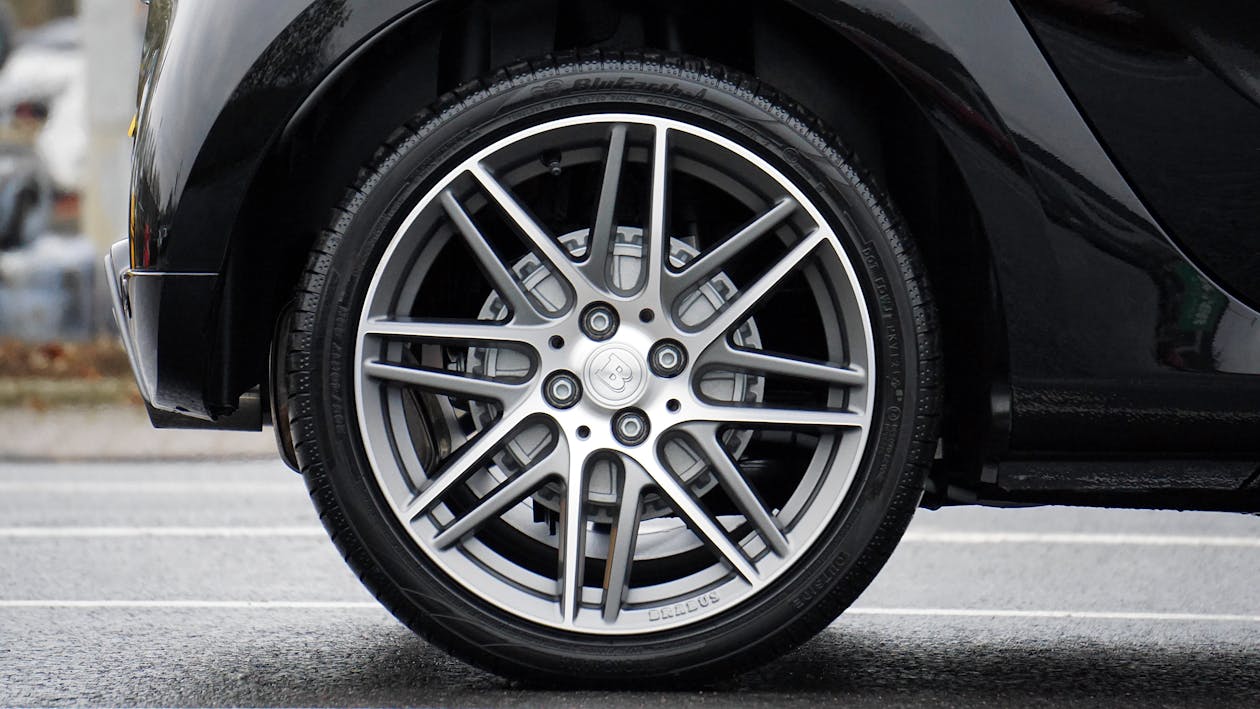Winter weather brings hazards like snow, ice, and freezing temperatures, making winter driving riskier and increasing the chance of accidents. In 2025, staying safe on the road means preparing your vehicle and ensuring your policy covers winter-related damages. This guide offers practical tips to protect yourself and avoid common claims pitfalls.
Winter Driving Hazards and Insurance Needs

Winter driving introduces unique challenges that standard policies might not fully address. Here’s what you’re up against:
1. Road Conditions: Ice and snow increase skids and collisions, often requiring comprehensive coverage for repairs.
2. Weather Damage: Freezing temperatures can crack engines or burst pipes, while hail or falling branches may dent your car.
3. Higher Claims Risk: More accidents in winter mean more claims—and potential rate hikes if your policy covers isn’t adequate.
In 2025, ensuring your insurance matches these risks is key to avoiding out-of-pocket costs.
Ensuring Your Policy Covers Winter Damages

To stay protected, confirm your policy covers these winter-specific scenarios:
- Comprehensive Coverage: Essential for non-collision damages like ice, hail, or fallen trees—check your policy includes it.
- Roadside Assistance: A lifesaver if you’re stranded in snow or your battery dies in the cold—add it if it’s not included.
- Rental Car Reimbursement: Covers a rental if your car’s in the shop after a winter accident—handy during long repair times.
- Glass Coverage: Freezing temps can crack windshields; ensure zero-deductible glass repair is part of your plan.
Review your policy before winter hits—adjustments mid-season might not take effect in time.
Avoiding Common Claims Pitfalls

Even with the right coverage, claims pitfalls can trip you up. Here’s how to steer clear in 2025:
- Prepare Your Car: Equip winter tires, check antifreeze, and test your battery—neglect could lead insurers to deny claims for “preventable” damage.
- Drive Safely: Slow down on icy roads and keep distance—reckless driving can complicate claims or raise future rates.
- Document Everything: Take photos of damage and road conditions after an incident—lack of evidence might delay or deny your claim.
- File Promptly: Report claims quickly—waiting too long could void coverage or lead to disputes.
By combining smart winter driving habits with a solid policy, you’ll minimize risks and maximize protection this season.
Source: Winter Safety Reports and Insurance Industry Insights
